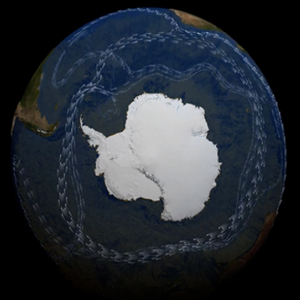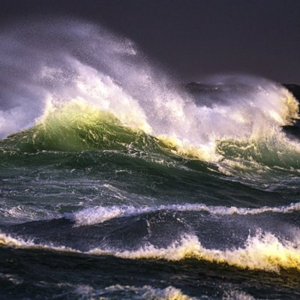

From the depths of the deepest ocean
trenches to the seemingly pristine snow atop mountains, traces of
human-related activities in the form of pollution such as
microplastics and atmospheric aerosols keep turning up wherever
scientists look. A 2020 expedition, however, led by researchers from
Colorado State University, has identified the air just above the surface of the Southern Ocean, surrounding Antarctica, as one of the
few places on Earth that has been relatively untouched by
anthropogenic activities.
The research team sailed south from
Tasmania to just off the coast of Antarctica taking numerous
measurements of the marine bacteria in the ocean water samples at
various depths, samples of air quality, including bacteria and
microorganisms in the air, as well as soil samples in Tasmania and
the coasts of Australia. In the northernmost areas studied, the team
found a wide array of airborne bacteria, much of it originating from
winds from the continent transporting dust over the ocean. In fact,
bacteria can stay aloft and remain alive for several days after
getting carried away from their continental sources. South of 60°S,
which is considered the boundary of the Southern Ocean, they found
much less diversity of airborne bacteria life and microorganisms,
with virtually all of it coming from the surface of the ocean itself,
carried aloft by the wind in sea spray.
The reason why the air
surrounding Antarctica is so devoid of airborne pollutants is linked
to one of the mechanisms keeping the continent so cold, namely the
Antarctic Circumpolar Current. This eastward flowing current is one
the fastest in the world, and completely encircles the globe around
the periphery of the Antarctic continent. Reinforced by persistent
west-to-east winds, the combination of the ocean and wind currents
effectively seals off Antarctica from any significant intrusions of
warmer ocean waters and also keeps pollutants from other continents
away.

